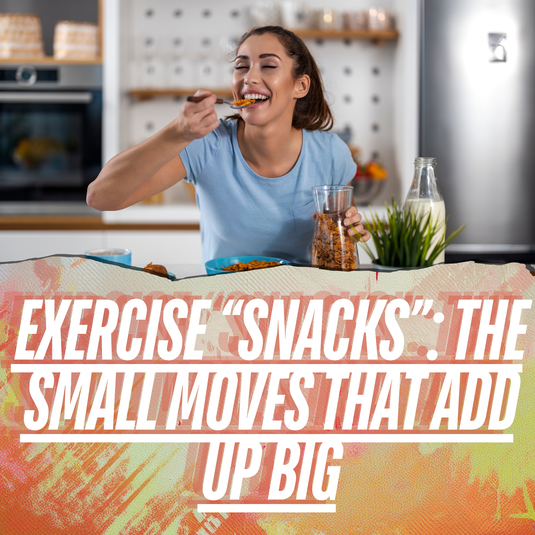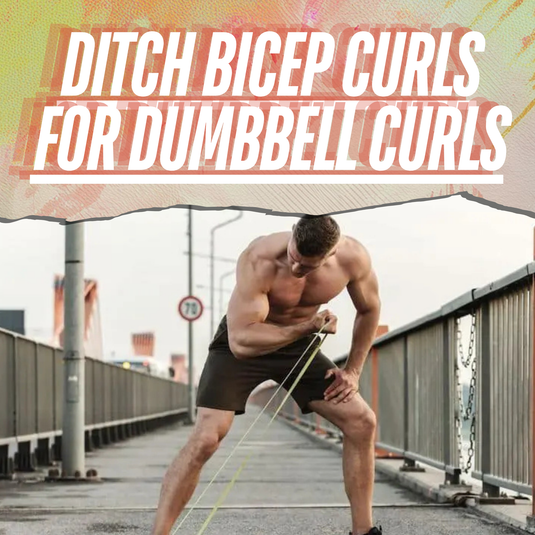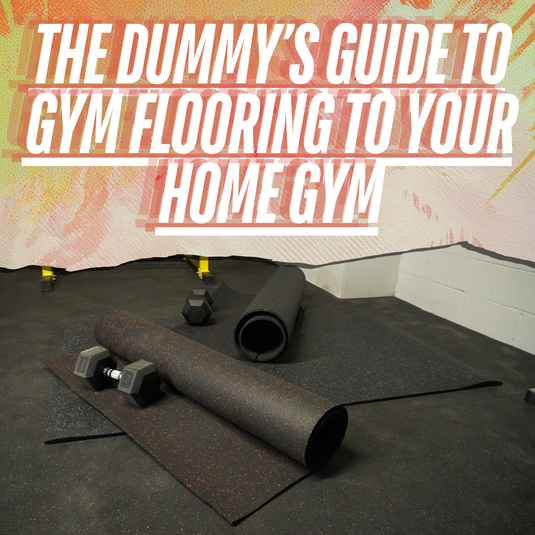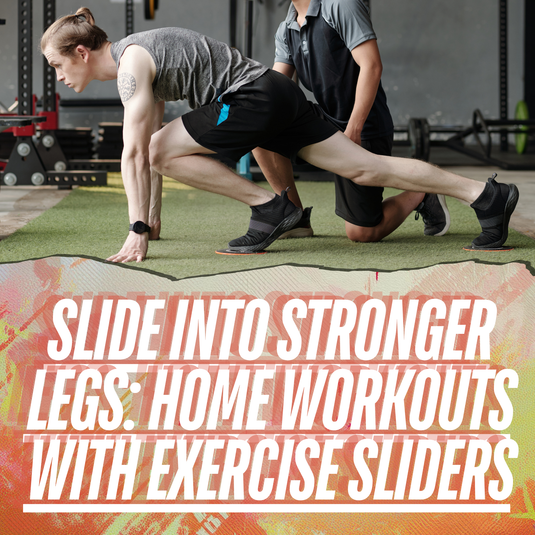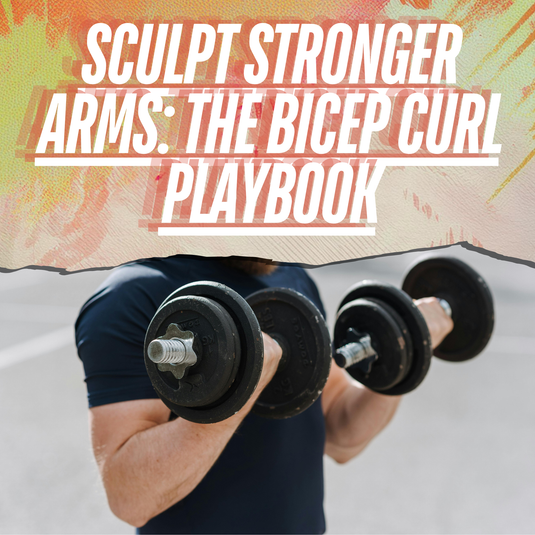Avoid Kettlebell Swing Form Mistakes
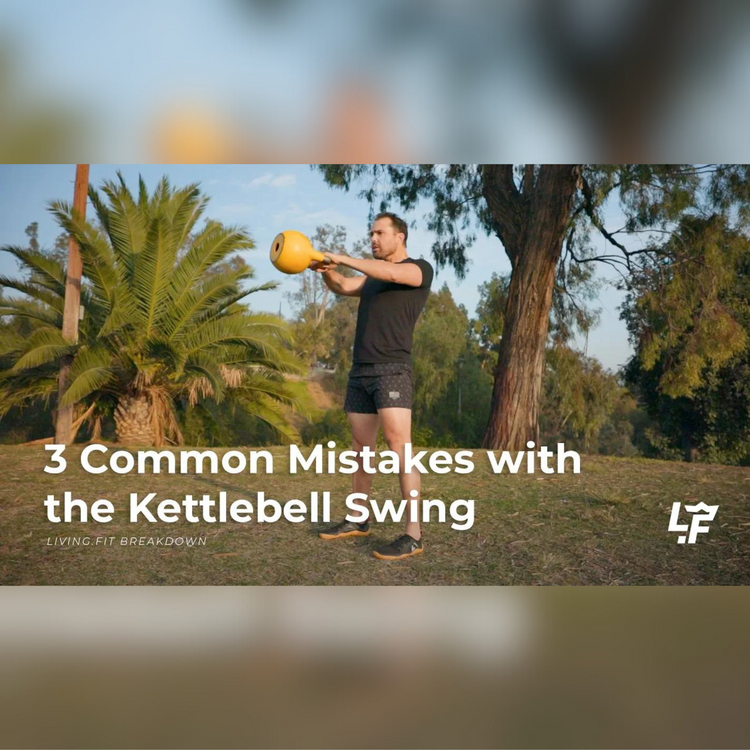
⏱️ Estimated Read Time: 6 minutes
🧠 TL;DR
- Avoid Kettlebell Swing Form Mistakes offers effective, accessible movements for targeted results.
- This guide is designed to help you move smarter, build strength, and stay consistent.
✍️ Summary
This post explores avoid kettlebell swing form mistakes in a way that’s actionable and easy to follow. Whether you're new to this style of training or leveling up, it includes practical takeaways for your routine.
📚 Table of Contents
💬 What Is the Kettlebell Swing?
The kettlebell swing is a powerful full-body exercise that builds explosive strength, endurance, and hip drive. Proper form is essential to avoid injury and get the most out of each rep.
🧠 TL;DR
- Avoid Kettlebell Swing Form Mistakes gives practical guidance for kettlebell users.
- This guide helps you avoid common mistakes and get stronger, safer results.
✍️ Summary
This article walks through key concepts and form tips around avoid kettlebell swing form mistakes. Whether you're new to kettlebells or refining technique, it delivers value with clear, actionable instruction.
📚 Table of Contents
The Kettlebell Swing is a dynamic exercise that will build a stronger, more powerful athlete. With great power comes....you know where I’m going.
The responsibility lies on your shoulders to make sure you make the most from the movement without injuring yourself or your client. Here are three common kettlebell swing mistakes that most new trainees make with kettlebell swings and how to fix them.
Mistake #1: Lacking stability in your feet.
Whether you’re swinging from a bilateral stance or performing walking swings, staggered swings, etc. you want to make sure your feet are firmly planted on the ground. As the weight is moving it’s constantly trying to move your center of gravity with it. This is why it’s important to use shoes that are thin enough to create a strong connection between your feet and the floor. Practice rooting your entire foot and toes into the ground before you do anything ballistic. Feel the connection throughout your lower limbs all the way up through your trunk. Ensuring proper kettlebell swing form starts from the ground up.
Mistake #2: Too much hip drive
“Drive your hips!” is the number one cue for the swing and while it’s important to understand that hip drive too much can be detrimental. As you go beyond neutral into hyperextension you put unnecessary pressure on the discs of your lumbar spine. Combine that with load and speed and you’re a ticking time bomb of lower back pain. A common reason people do this is to get more height on the bell. Rather than worrying about how high the bell goes, focus on the compact swing. This shortens the range of motion and allows you to focus on exerting high amounts of tension, which is a key aspect of proper kettlebell swing.
Mistake #3: Chicken Necking
It’s easy at the top of the swing to be so focused on your footing, maintaining enough core tension, packing your shoulders, focusing on the posterior pelvic tilt, not hyperextending, etc. etc. that you may just forget about your cervical spine, aka your neck. New clients had the propensity to neck protraction (jutting your chin forward). Excess movement through your neck can lead to issues throughout your upper trap, upper back, and even up in headaches. The goal should be to maintain as much of a neutral neck position as possible. This is one of the crucial kettlebell swing tips for beginners to master.
If you’re making one of these mistakes, get on top of it immediately so you can swing efficiently and effectively to get the most from the movement! Understanding the kettlebell swing benefits can motivate you to perfect your technique. For lots more tips, programs, and courses check out all of the incredible information available on Living Fit!
Author
Marcus Martinez
Master Kettlebell Coach
Check out more interviews and articles from Marcus Martinez and Aaron Guyett in the blog, or get full versions by subscribing to our membership here:
https://www.living.fit/products/full-access-membership
Want more workouts? Check out our Weekly Dumbbell Workout #1.
Are kettlebells good for full-body workouts? +
Yes! Kettlebells can be used for cardio, strength, flexibility, and coordination—all in one tool.
How heavy should my kettlebell be? +
Start with a manageable weight (8–16kg for most beginners) and increase as strength and form improve.
How often should I do kettlebell workouts? +
2–3 times per week is a great starting point for most people focused on general fitness.
Want more workouts? Check out our Weekly Dumbbell Workout #1.
Are kettlebells good for full-body workouts? +
Yes! Kettlebells can be used for cardio, strength, flexibility, and coordination—all in one tool.
How heavy should my kettlebell be? +
Start with a manageable weight (8–16kg for most beginners) and increase as strength and form improve.
How often should I do kettlebell workouts? +
2–3 times per week is a great starting point for most people focused on general fitness.
Want more guidance? Check out our Weekly Dumbbell Workout #1.
📝 FAQs
How often should I do these exercises? +
2–3 times per week is a good starting point for most people.
Do I need equipment? +
Many of these can be done with just your bodyweight or a single kettlebell or dumbbell.
Can beginners do these routines? +
Yes! These movements are designed to scale with your fitness level.


